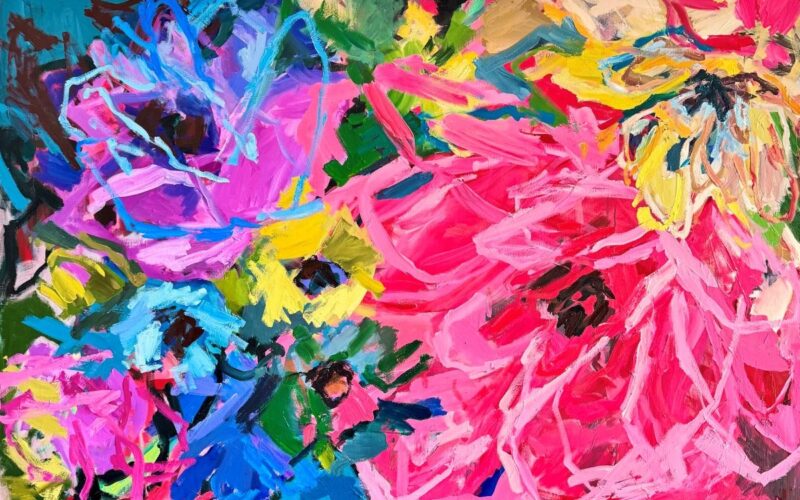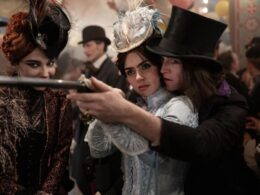Visitors to the Palm Court Lounge at The Phoenicia, Valletta, this month can enjoy a new exhibition Inner Garden, artist Julia Borg’s latest body of work curated by Prof Charlene Vella. This contemplative and tactile series explores themes of healing, emotional landscapes, and feminine resilience. We caught up with the artist to discuss her inspirations, her use of materials, and what this garden within truly represents. Julia first pursued a career in engineering and interior design, yet her passion for art persisted. When she settled in Malta, everything fell into place…
The title Inner Garden is evocative. What does it signify for you?
The title came quite naturally as I was working through the series. I think of the “inner garden” as a space of emotional memory, where things grow, but also decay. It’s where personal healing takes place, quietly and sometimes painfully. For me, the works are not depictions of gardens in the literal sense, but rather landscapes of the self: fragmented, reassembled, and in constant flux.

Your works often incorporate mixed media, particularly with the dress that you have created yourself. Why is that important to you?
I’ve always gravitated towards materials that carry an embodied history: textiles, thread, fabric, paper. The act of stitching especially has become a meditative and deeply personal gesture, almost like mending something unseen. It’s about making visible the invisible labour of care, both for oneself and for others. There’s also something very feminine about the process, since it is very much rooted in domesticity, but subversive when recontextualised in an artwork.
Your use of colour in Inner Garden is bold and unapologetic, dominated by pinks and purples, with the notable introduction of blues. Was this palette a deliberate shift in your practice?
Yes, it was very intentional. Colour plays a central role in how I express emotion, and in Inner Garden, I wanted to push that further. The pinks and purples have long been a part of my visual language; they convey a certain sensuality and softness, yet also strength. Introducing blue into this body of work felt like expanding the emotional register. It brings a sense of calm, even melancholy, and contrasts beautifully with the vibrancy of the other tones. It’s about balance between intensity and stillness, exposure and concealment.

How autobiographical is this series?
While I never set out to make “autobiographical” work, it inevitably carries traces of my own emotional states. Inner Garden emerged after a period of personal reckoning: renewal and realignment. The process of creating these pieces helped me process a lot. But I also want them to be open, generous; to allow viewers to project their own inner landscapes onto them.
Do you see your work as feminist?
I do, though not always overtly. I’m interested in the politics of care, the undervalued labour of women, and how the personal can be powerful. By elevating humble materials and techniques historically dismissed as “women’s work”, I’m engaging with those legacies while also forging my own path within them.

Finally, what do you hope viewers take away from Inner Garden?
I hope they take a moment to pause and look inward. We live in a very fast, very externalised world. Inner Garden is an invitation to slow down and reflect: on softness, on scars, on resilience. If it helps someone feel seen or held, even momentarily, then I feel I’ve done my part.
Inner Garden is open until 31 July at The Phoenicia Malta.










